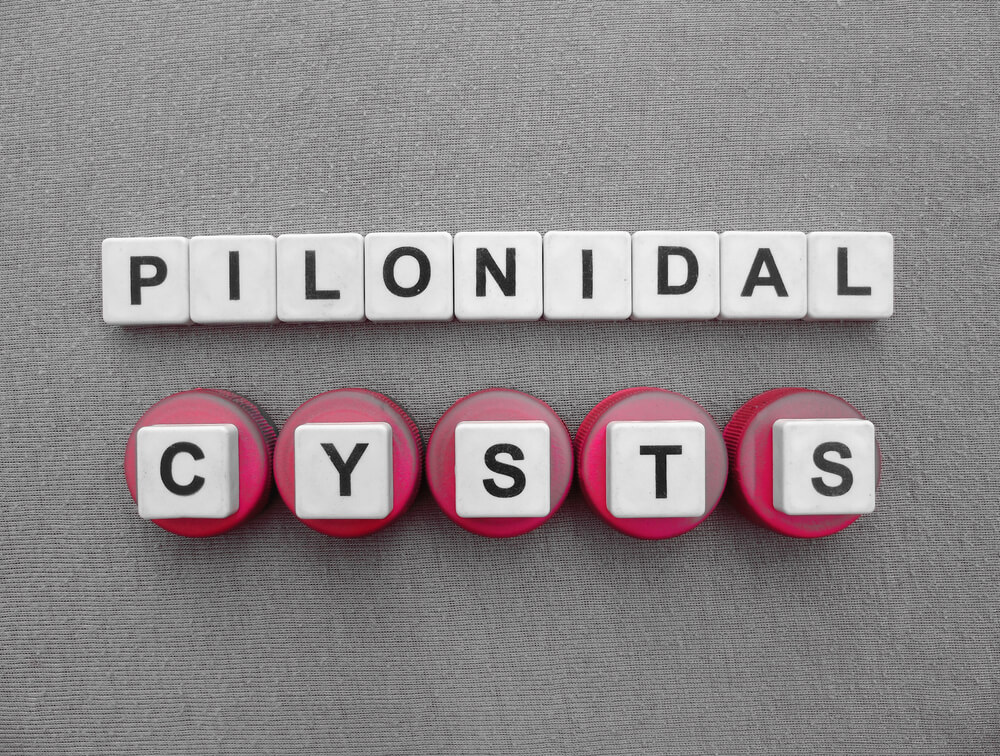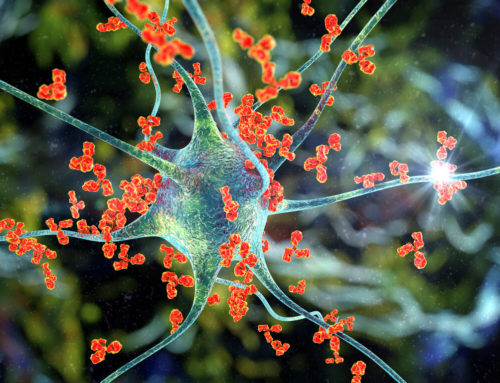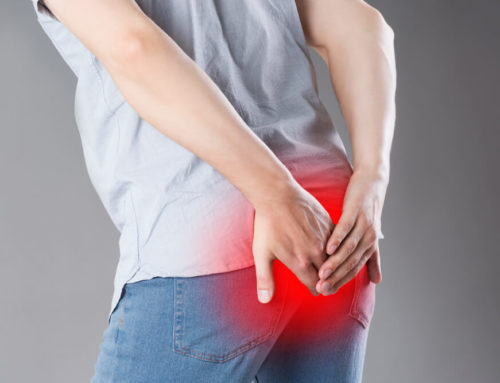J. Bascom first outlined the pit picking pilonidal surgery back in 1980. Despite the fact that more than 30 years have passed since this initial description, only a few surgeons use this method right now.
What Are Pilonidal Cysts?
A pilonidal cyst is an unusual skin pocket that typically contains both skin debris and hair. Generally speaking, pilonidal cysts appear close to the tailbone at the top of the buttocks’ cleft. Typically, you get pilonidal cysts as a result of hair puncturing your skin. The hair then embeds itself in your skin. In the event that a pilonidal cyst gets infected, the resulting abscess is often quite painful.
If this happens, then your surgeon can drain the cyst by making a small incision. Alternatively, your surgeon could simply surgically remove the cyst from your body. Young men are the most likely people to get pilonidal cysts. Unfortunately, pilonidal cysts have a tendency to keep appearing after they have appeared once. If you have a job where you have to sit for a lengthy period of time on a regular basis like if you are a truck driver, you are more likely to get a pilonidal cyst.
In the event that your pilonidal cyst gets infected, it becomes an abscess which is essentially a swollen mass. Pain and your skin becoming red are two signs that your pilonidal cyst has become infected and are also symptoms of an infected pilonidal cyst. You might also experience pus or blood draining from an opening in your skin. You might smell a foul scent from the draining pus, too. If you see any of these signs or symptoms of a pilonidal cyst, talk to your doctor who can then diagnose your condition.
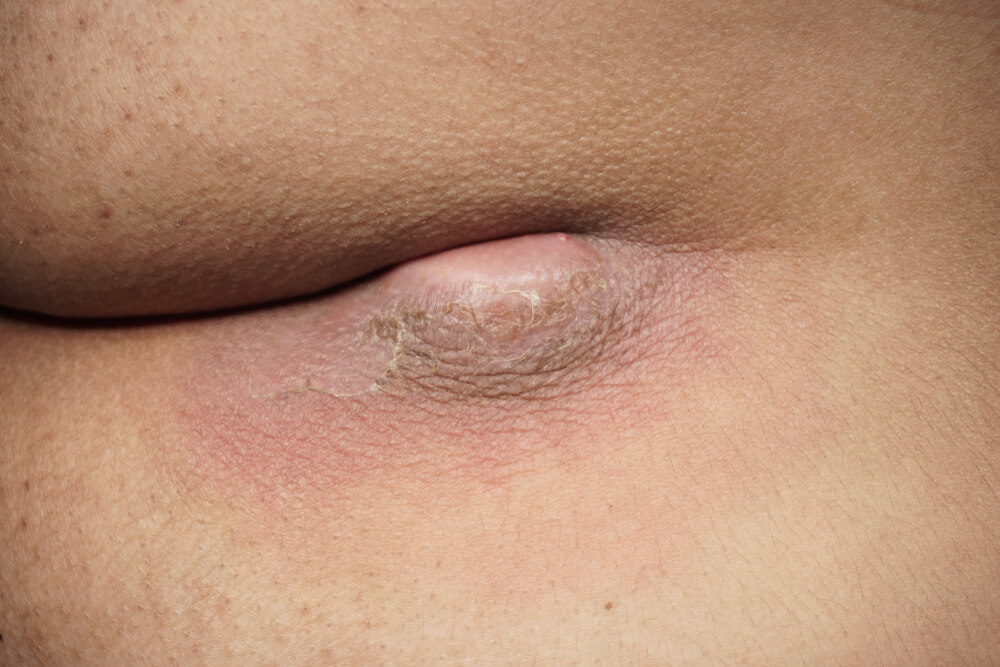
What Causes Pilonidal Cysts?
The precise cause of pilonidal cysts remains unclear. However, loose hairs that penetrate your skin seem to cause the majority of pilonidal cysts that appear. Pressure as well as friction from things like bicycling, wearing tight clothing, in addition to sitting down for large amounts of time all push the hair down into the skin. As a result, your body reacts to the hair as if it is a foreign substance and makes a cyst around the hair.
Explaining pilonidal cysts in this way helps explain why some people get pilonidal cysts in other parts of their body aside from near their tailbone. Barbers have sometimes gotten pilonidal cysts in the skin between their fingers. Sheep shearers and dog groomers have sometimes gotten pilonidal cysts in the skin between their fingers as well.
What Makes You More Likely to Get Pilonidal Cysts?
The first risk factor for getting pilonidal cysts is if you are male. Another risk factor is if you are younger; people in their 20s are most likely to get them. If you are obese, then this makes you more likely to get pilonidal cysts as well. A sedentary lifestyle can also contribute to you from getting pilonidal cysts.
Your job can be a risk factor too if it requires you to sit for prolonged periods of time. In addition, if you have excess body hair, this is another risk factor for pilonidal cysts. Having hair that is coarse or stiff also means you are more likely to get pilonidal cysts. In terms of complications, you could have to deal with a kind of skin cancer known as squamous cell carcinoma. You are somewhat more likely to get this kind of skin cancer if you do not get a chronically infected pilonidal cyst treated properly by a doctor.
How Do You Prevent Pilonidal Cysts?
One of the things that you can do to prevent pilonidal cysts is to make sure to keep that area near your tailbone clean. Another thing that you can do is do your best to avoid sitting for prolonged periods of time if possible. You may also need to lose some weight if your doctor indicates that your current weight might be a contributing factor to you getting pilonidal cysts. If you have dealt with pilonidal cysts previously, it might be a good idea for you to shave the area regularly. You could also use some sort of hair removal product to help prevent you getting pilonidal cysts again.
How Do You Treat Pilonidal Cysts?
Sitz baths and antibiotic medication are two of the most common treatments that doctors recommend to treat pilonidal cysts initially. Warm compresses can also help as an initial treatment for pilonidal cysts. If the pilonidal cyst has a particularly bad infection, though, you might need to get surgery. The first common method of surgically treating pilonidal cysts is a doctor will make an incision and drain your cyst. The other common surgical treatment is a cystectomy in which your doctor will remove not only the whole cyst but the surrounding tissues as well.
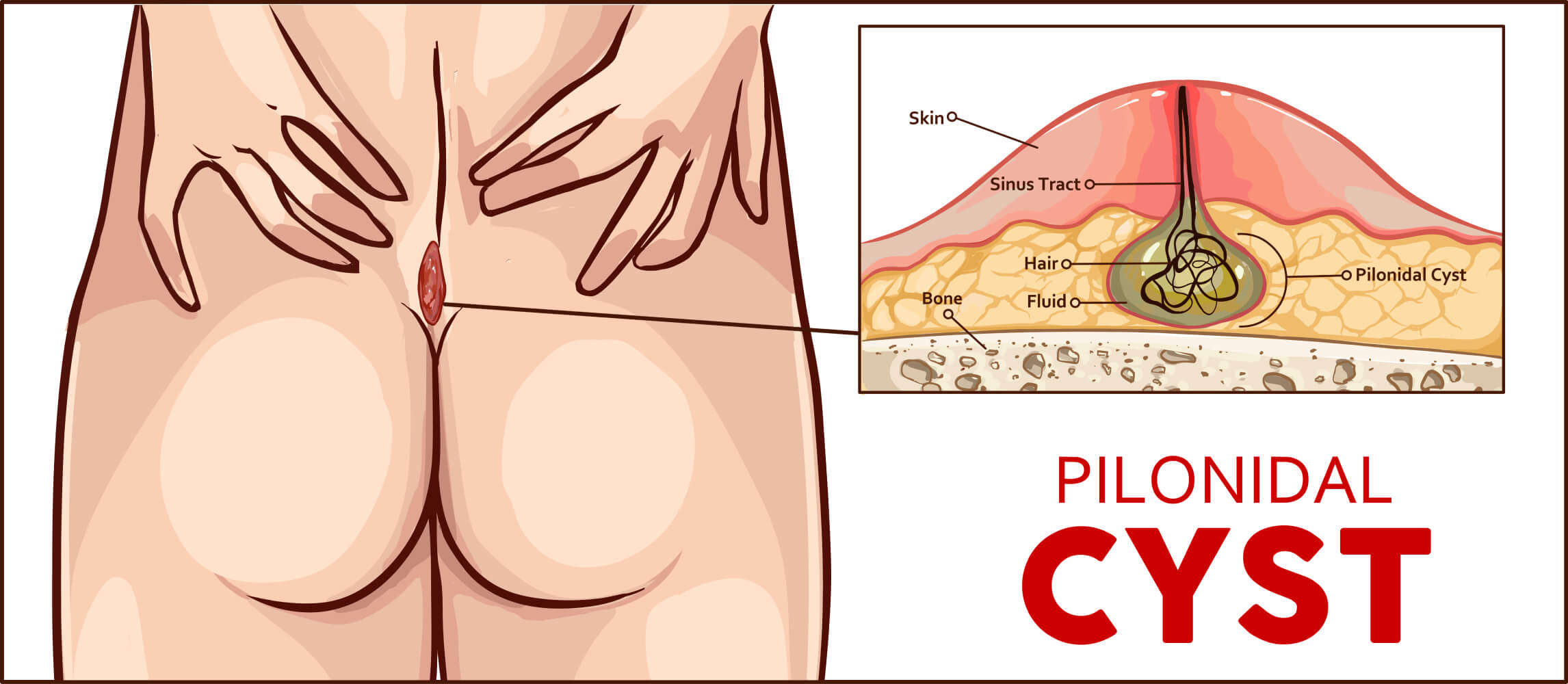
What About Cleft Lift Operations?
A cleft lift operation is one of the primary methods of treating pilonidal cysts. If a doctor performs the cleft lift operation properly, the failure rates and likelihood of pilonidal cysts recurring are the lowest among the surgical treatments for pilonidal cysts. It is also important to note that a cleft lift operation is an option for most kinds of pilonidal cysts. In addition, you do not need to remove any hair from the area after you have gotten this procedure.
There are some definite downsides to this method, and one of them is that it alters your gluteal cleft’s shape. The operation should alter it into a shape normal for someone who does not have pilonidal disease, though. Also, a doctor has to make a four-inch to nine-inch incision depending on the condition of the affected area. You should know that surgeons have to put on a drain for several days, too.
Are There Any Downsides to the Pit Picking Method?
Yes, one of the downsides to getting pit picking is that pilonidal disease can happen again because the cleft is not flattened. The incisions also might not heal properly in some cases because the incisions are down in the gluteal cleft. If you get a pit picking pilonidal cyst operation, you might also experience some pain.
Additionally, you might have to go through a time-consuming and difficult process when you dress the cut. This process is necessary for the pilonidal cyst pit picking procedure to work. You might also have to come to our office multiple times in order to make sure this operation works. The failure rate is somewhat high, and the recurrence rate is higher than we would like.
What Are Some Benefits of the Pit Picking Method?
The pilonidal cyst pit picking method is beneficial in that it only involves small incisions. Additionally, you will not see any major changes to how your gluteal cleft looks or its shape, either. When your doctor provides this kind of pit picking pilonidal operation, you will only have to deal with minimal restrictions on what you can do after you get this operation. Another benefit of getting pit picking in Palm Beach County is that it might prove less painful than the other kinds of operations that doctors offer for pilonidal cysts.
Now, we would like to hear what you think. What information in this article did you find most helpful? If you are dealing with pilonidal cysts, call Advanced Surgical Physicians today and make an appointment so we can help you.


